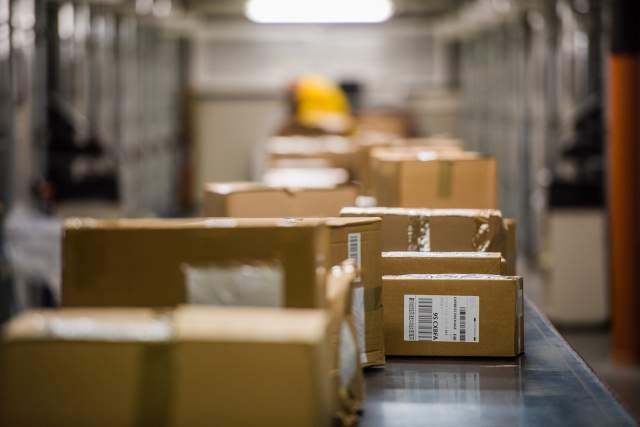Marketing theory dictates that high customer engagement leads to high customer value. So how do retailers engage their customers?
In more ways than ever. The latest tool for customer engagement is the mobile app, a sort of virtual store consumers can view through their mobile phone on the go.
“I think companies view apps as a way to lock in the customer a bit more,” says Scott Neslin, the Albert Wesley Frey Professor of Marketing at Tuck. “The internet is notorious for customers being able to go to a retailer’s website, and if they don’t like it, simply proceed to the competitor’s site right away. But if the customer’s in the retailer’s app, it’s almost like being in the store.”
Research backs up this statement, as it’s been shown that when customers engage with a firm’s app, they purchase more. But Neslin wondered which types of customers were most impacted by app usage. He takes up that question in “Engaging the Unengaged Customer: The value of a retailer mobile app,” a paper co-authored with Harald J. van Heerde of the University of New South Wales and Issac M. Dinner of the University of North Carolina. The article, which is forthcoming in The International Journal of Research in Marketing, explains that two particular customer segments are most responsive to retailer apps: offline-only customers, and customers who live far from the store.
To arrive at this conclusion, the co-authors examined app usage data, coupled with purchases, from a high-end U.S. apparel retailer. The company has a national online presence and a single brick-and-mortar store, located in a major metropolitan area. The retailer launched its app in 2010, featuring a “product of the day,” a new product from the same category each day. The app linked to the retailer’s website, providing customers with information about the product of the day as well as other products. The customer could purchase through the app or use the app simply as an “information channel” and make the purchase on the retailer’s website or in the physical store. The sample size was composed of 77 weeks of purchasing behavior by 629 customers. During that time period, customers accessed the app an average of 1.26 times per week and purchased in 8.5 percent of the weeks.
The internet is notorious for customers being able to go to a retailer’s website, and if they don’t like it, simply proceed to the competitor’s site right away. But if the customer’s in the retailer’s app, it’s almost like being in the store.
Three main findings emerged from these data. First, as expected, accessing the app did lead to more purchasing. The focus of the paper however was two findings revealing which customer segments were most responsive to the app. These turned out to be customers living far from the store who purchased exclusively at the physical store. For the customers who lived far from the store, Neslin says, the app provided a handy way to engage with the retailer and learn about its products. For the offline-only customers, the app was another way for the retailer to envelop the customer in its marketing messages, keeping the retailer top-of-mind for these people.
“The sweet spot is people who live far away and yet buy from the physical store,” Neslin explains. “That sounds like a contradiction, but it’s not. There are plenty of people who live too far from the store to shop there regularly, but they do go once in a while. For these folks, an app might not get them to buy online, but it keeps the relationship going.”
The incremental increase in purchasing, motivated by app usage, is substantial. Assuming for illustration 100,000 app users, the co-authors find that accessing the app generates $2.3 million in incremental sales, and the users with the greatest purchase lift (such as distant and/or offline-only customers) see a 9.5 percent increase in their purchases.
“Our results confirm the economic value of retailer apps,” Neslin and his co-authors write, “and their role as a segmentation strategy to enhance customer engagement.”

